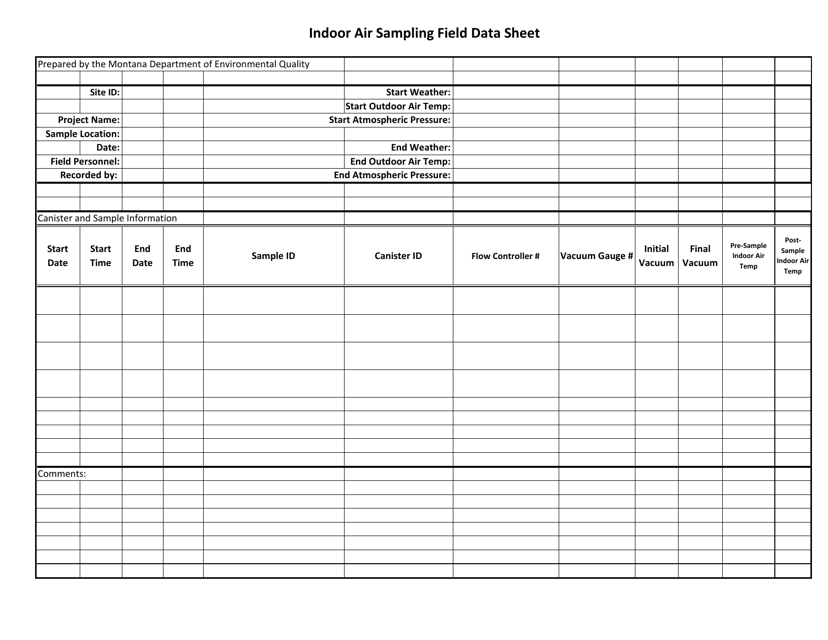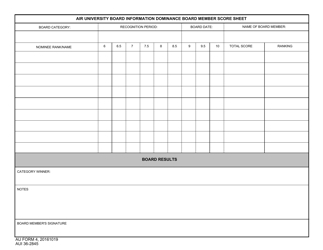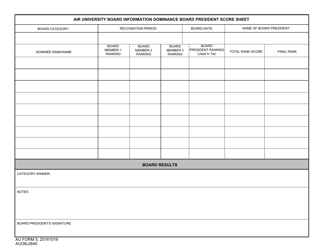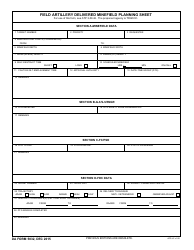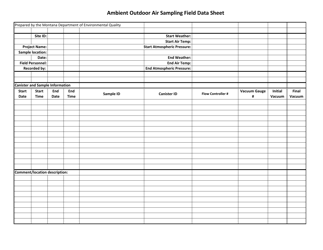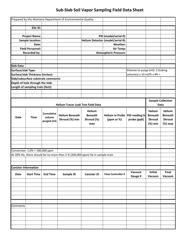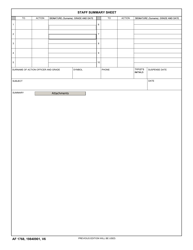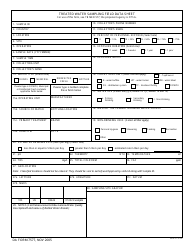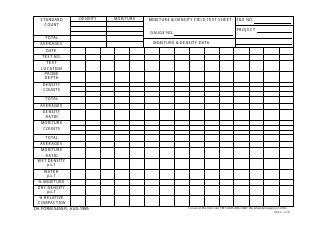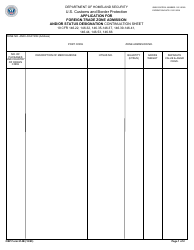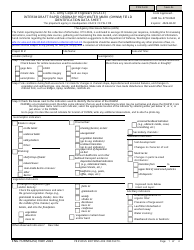Indoor Air Sampling Field Data Sheet - Montana
Indoor Air Sampling Field Data Sheet is a legal document that was released by the Montana Department of Environmental Quality - a government authority operating within Montana.
FAQ
Q: What is an Indoor Air Sampling Field Data Sheet?
A: An Indoor Air Sampling Field Data Sheet is a document used to record information about sampling indoor air quality.
Q: Why is an Indoor Air Sampling Field Data Sheet important?
A: An Indoor Air Sampling Field Data Sheet is important because it helps to collect accurate and consistent data during indoor air sampling.
Q: What information is typically recorded on an Indoor Air Sampling Field Data Sheet?
A: Typically, an Indoor Air Sampling Field Data Sheet records information such as the location of the sampling site, date and time of sampling, sampling method used, and any observations made during the sampling process.
Q: Who uses an Indoor Air Sampling Field Data Sheet?
A: Indoor air quality professionals, researchers, and regulatory agencies typically use Indoor Air Sampling Field Data Sheets.
Q: What is the purpose of indoor air sampling?
A: The purpose of indoor air sampling is to assess and monitor the quality of the air in indoor environments for potential contaminants or pollutants that could affect human health or comfort.
Q: What are some common contaminants or pollutants measured during indoor air sampling?
A: Common contaminants or pollutants measured during indoor air sampling include volatile organic compounds (VOCs), formaldehyde, carbon monoxide, particulate matter, and mold spores.
Q: What are the potential health effects of poor indoor air quality?
A: Poor indoor air quality can lead to a range of health effects, including respiratory issues, allergies, asthma, headaches, fatigue, and other symptoms.
Q: What are some common sources of indoor air pollutants?
A: Common sources of indoor air pollutants include tobacco smoke, cooking and heating appliances, building materials and furnishings, cleaning products, and outdoor sources such as vehicle emissions and industrial pollutants.
Q: Who is responsible for maintaining indoor air quality in buildings?
A: Different parties may have a role in maintaining indoor air quality, such as building owners, facility managers, employers, and occupants. Depending on the situation, responsibility may vary.
Q: What can be done to improve indoor air quality?
A: Some steps to improve indoor air quality include proper ventilation, regular cleaning and maintenance of HVAC systems, reducing or eliminating potential sources of pollutants, and utilizing air purifiers if necessary.
Form Details:
- The latest edition currently provided by the Montana Department of Environmental Quality;
- Ready to use and print;
- Easy to customize;
- Compatible with most PDF-viewing applications;
- Fill out the form in our online filing application.
Download a printable version of the form by clicking the link below or browse more documents and templates provided by the Montana Department of Environmental Quality.
